Are you curious about how long is freight from China to Chile?
Understanding the shipping times can significantly impact your logistics planning and business operations. In this comprehensive guide, we will delve into the various factors that affect shipping durations, compare air freight and ocean freight options, and explore key shipping routes. Additionally, we’ll provide insights on choosing the right freight forwarder and navigating customs clearance processes. Join us as we uncover the essentials of shipping goods efficiently from China to Chile.
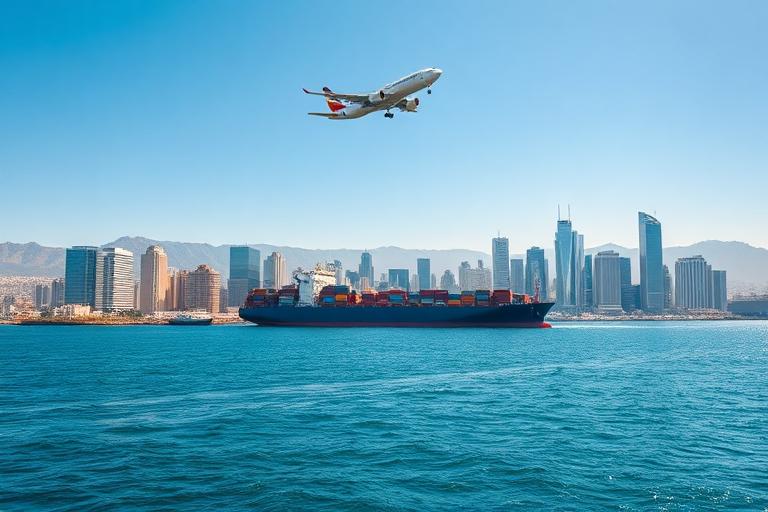
Understanding Freight Shipping Times from China to Chile
When importing goods from China to Chile, understanding the freight shipping times is crucial for effective supply chain management. The duration of shipping can vary significantly based on several factors and the chosen freight method.
Factors Affecting Shipping Duration
Shipping Method: The primary factor influencing shipping duration is the method chosen for transport. Different methods, such as air freight and ocean freight, have their own timelines.
Origin and Destination Ports: The specific ports involved in the shipping process play a vital role. For instance, major ports like Shanghai or Shenzhen in China offer various shipping options, while Valparaíso and San Antonio are the key entry points in Chile.
Seasonality: Shipping times can be affected by peak seasons, such as holidays or Chinese New Year, when demand for shipping services increases, leading to potential delays.
Customs Processing: The efficiency of customs clearance at both the origin and destination can significantly impact overall shipping duration. Proper documentation and compliance with regulations can expedite this process.
Transportation Conditions: Weather patterns, geopolitical factors, and port congestion can also contribute to delays.
Different Freight Methods and Their Timelines
To provide clarity on expected shipping durations, we can compare the two primary freight methods used for shipping from China to Chile:
| Freight Method | Average Transit Time | Cost Range (USD) | Best Suited For |
|---|---|---|---|
| Air Freight | 5-10 days | $5.00–$12.00 per kg | Urgent shipments, high-value goods |
| Ocean Freight | 20-40 days | $1,000–$3,000 per container | Bulk shipments, cost-sensitive goods |
Comparing Air Freight and Ocean Freight from China to Chile
When deciding between air freight and ocean freight, it’s essential to weigh the advantages and disadvantages of each method based on your shipping needs.
Air Freight: Speed and Efficiency
Air freight is known for its speed and efficiency, making it the preferred option for time-sensitive shipments. With an average transit time of just 5-10 days, it is ideal for urgent deliveries, such as electronic products or perishable goods. However, the cost is considerably higher compared to ocean freight. For example, shipping a high-value item weighing 100 kg could range from $500 to $1,200, depending on the airline and service level.
Ocean Freight: Cost-Effectiveness and Transit Times
In contrast, ocean freight is much more cost-effective, especially for bulk shipments. Although the average transit time ranges from 20 to 40 days, it significantly reduces shipping costs, usually falling between $1,000 and $3,000 per container. This method is suitable for larger volumes of goods, such as machinery or raw materials, where time is less of a constraint.
Choosing the right freight method depends on your budget, urgency, and the type of goods being shipped. At Dantful International Logistics, we offer a comprehensive range of services for both air and ocean freight, ensuring that you receive a cost-effective and efficient solution tailored to your needs.
By understanding the factors affecting shipping durations and comparing the two primary methods, you can make informed decisions to streamline your import processes from China to Chile. Explore more about door-to-door shipping options for a seamless experience.
Key Routes for Shipping from China to Chile
When considering the logistics of shipping from China to Chile, understanding the key routes and ports involved is crucial. The journey often involves multiple legs, starting from major ports in China, moving through international waters, and finally arriving at strategic ports in Chile.
Major Chinese Ports and Their Connectivity
Several major ports in China serve as pivotal points for international shipping to Chile. Below, we detail some of the most prominent ports and their connectivity:
| Port | Location | Key Connectivity |
|---|---|---|
| Shanghai | Eastern China | Major global shipping hub; connected to all major liners. |
| Ningbo | Eastern China | Direct routes to South America; efficient for container shipping. |
| Shenzhen | Southern China | Proximity to manufacturing centers; known for air and sea freight. |
| Xiamen | Southern China | Growing port with increasing shipping options to Latin America. |
| Guangzhou | Southern China | Extensive cargo services; connects well with international shipping lanes. |
These ports are equipped with advanced facilities and have established shipping routes that facilitate efficient handling of cargo destined for Chile. Companies like Dantful International Logistics can help navigate these routes, ensuring a smooth shipping experience. For more information on logistics, check the Shipping From China to Chile page.
Chilean Ports: Entry Points for Imported Goods
Upon arrival in Chile, goods typically enter through several major ports known for their infrastructure and capabilities to handle large volumes of imports. The primary entry points for goods arriving from China include:
| Port | Location | Significance |
|---|---|---|
| San Antonio | Central Chile | Largest container port; critical for imports. |
| Valparaíso | Central Chile | Major port for cargo; historically significant and well-connected. |
| Iquique | Northern Chile | Important for imports to the northern regions; strategic location. |
| Antofagasta | Northern Chile | Handles mining and industrial cargo, crucial for economic sectors. |
These ports are vital for facilitating trade and ensuring that goods move efficiently into the Chilean market. Working with a trusted freight forwarder like Dantful International Logistics can simplify the complexities of port selection and logistics management.
READ MORE:
- Shipping From China to the USA
- Shipping From China TO Canada
- Shipping From China TO Mexico
- Shipping From China to Panama
- Shipping From China to Costa Rica
- Shipping From China to Brazil
- Shipping From China TO Colombia
- Shipping From China to Jamaica
- Shipping From China to Venezuela
- Shipping From China to Argentina
Choosing the Right Freight Forwarder
Selecting the right freight forwarder is vital for seamless shipping from China to Chile. A professional freight forwarder can offer invaluable expertise, helping you navigate customs, optimize shipping routes, and manage costs effectively. Here are some key criteria to consider when choosing the right partner:
Experience and Reputation: Look for freight forwarders with a proven track record in shipping to Chile. Dantful International Logistics has extensive experience and a solid reputation, providing reliable and efficient services. You can also explore their DDP shipping services for comprehensive support.
Service Range: Ensure the freight forwarder offers a comprehensive range of services, including Ocean Freight, Air Freight, customs clearance, and warehousing.
Technology and Tracking: A forwarder that utilizes advanced technology for shipment tracking can provide real-time updates, enhancing transparency and reducing anxiety during the shipping process.
Cost-Effectiveness: Compare quotes from different freight forwarders but consider the quality of service rather than just the price. Dantful International Logistics aims to offer competitive rates without compromising on service quality.
Customer Support: Having access to responsive customer service can make a significant difference, especially when unexpected issues arise during transit.
By choosing a reliable and professional freight forwarder like Dantful International Logistics, importers can ensure that their goods are shipped efficiently and arrive in Chile on time. If you’re interested in shipping options, consider checking the shipping rates from China to Chile.
Customs Clearance and Its Impact on Shipping Duration
Understanding Customs Processes in Chile
When importing goods from China to Chile, understanding the customs processes is essential for a smooth and timely delivery. The Chilean customs authority (Aduanas de Chile) enforces strict regulations and standards to ensure that all imported goods comply with local laws. This involves submitting necessary documentation, such as the Bill of Lading, Commercial Invoice, and Packing List. Additionally, importers must provide a Customs Declaration that details the nature, value, and quantity of the merchandise.
One crucial aspect of customs in Chile is the tariff classification of goods, which determines the applicable duties and taxes. As of recent data, the average customs clearance time for imported goods can range from a few days to several weeks, depending on the complexity of the shipment and the efficiency of the documentation submitted (source: World Bank Logistics Performance Index).
Preparing for Smooth Customs Clearance
To ensure a smoother customs clearance process, importers should consider the following steps:
- Complete Documentation: Ensure all documents are accurately filled out and submitted. Incomplete or incorrect paperwork is a common cause of delays.
- Hire a Professional Freight Forwarder: Engaging a reliable freight forwarder such as Dantful International Logistics can simplify the customs process. Our team is experienced in navigating Chilean customs and can provide guidance specific to your shipment.
- Pre-Arrival Filing: If possible, file your customs declaration before your goods arrive in Chile. This practice can significantly reduce delays at the port.
- Stay Updated on Regulations: Customs regulations can change frequently. Keeping abreast of current rules for your specific type of goods is crucial.
- Customs Duties and Taxes: Be prepared for customs duties, VAT, and other taxes that may apply. Understanding these costs upfront can help avoid unexpected expenses.
Tracking Shipments: How to Monitor Your Freight from China to Chile
Using Technology to Track Your Goods
In today’s logistics landscape, real-time tracking technology plays a critical role in managing shipments. Companies like Dantful International Logistics offer advanced tracking systems that allow customers to monitor their freight from China to Chile seamlessly. By leveraging GPS tracking and IoT-enabled devices, you can gain visibility into the current location of your shipment, estimated arrival times, and any potential delays.
Additionally, many freight forwarders provide online platforms where you can access your shipment’s status 24/7. This transparency not only enhances communication but also helps you make informed decisions regarding inventory management and supply chain operations.
Importance of Real-Time Updates in Logistics
Real-time updates are vital for effective logistics management, particularly when shipping internationally. They enable businesses to:
- Mitigate Risks: By knowing the status of their shipments, businesses can anticipate and address potential issues before they escalate.
- Enhance Customer Satisfaction: Keeping customers informed about their orders fosters trust and loyalty, as they appreciate timely updates on their shipments.
- Optimize Supply Chain Operations: Having access to real-time data allows businesses to adjust their operations according to shipment statuses, which enhances overall efficiency.
Conclusion
Tips for Streamlining Your Shipping Process
To make your shipping process from China to Chile as efficient as possible, consider the following tips:
- Choose the Right Freight Forwarder: Partnering with a competent logistics provider like Dantful International Logistics ensures you benefit from expertise in customs clearance, freight methods, and more.
- Plan Ahead: Understanding timelines for customs clearance and freight transit can help you better manage your inventory and avoid disruptions.
- Utilize Technology: Implement tracking systems that provide real-time updates, ensuring you are always aware of your shipment’s status.
- Stay Compliant: Regularly review and comply with the customs regulations in Chile to avoid unnecessary delays.
By adopting these strategies, you can streamline your freight process, ensuring a smoother experience when importing goods from China to Chile. For more information on the logistics of importing, check out Shipping From China to Chile.

Young Chiu is a seasoned logistics expert with over 15 years of experience in international freight forwarding and supply chain management. As CEO of Dantful International Logistics, Young is dedicated to providing valuable insights and practical advice to businesses navigating the complexities of global shipping.











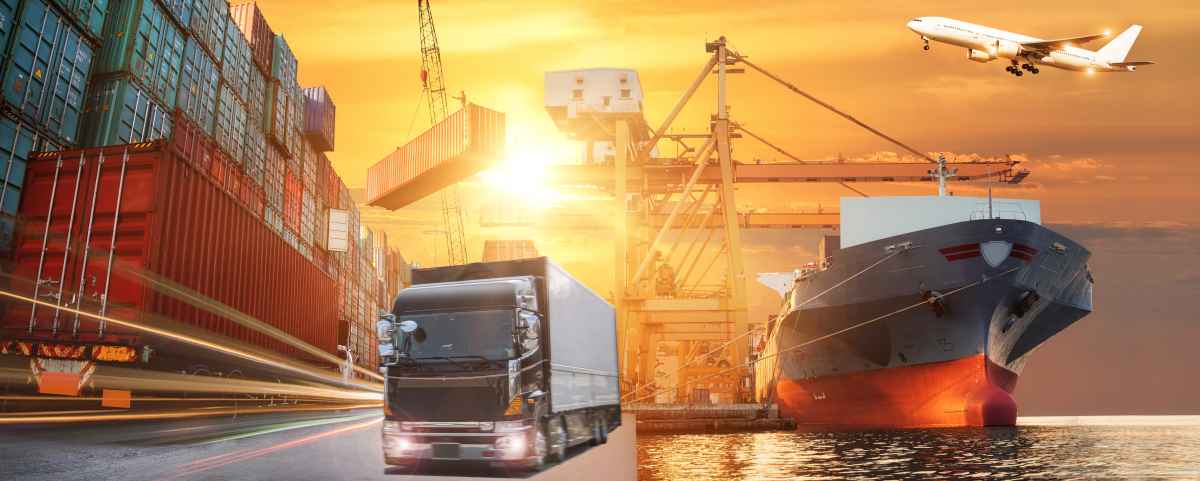
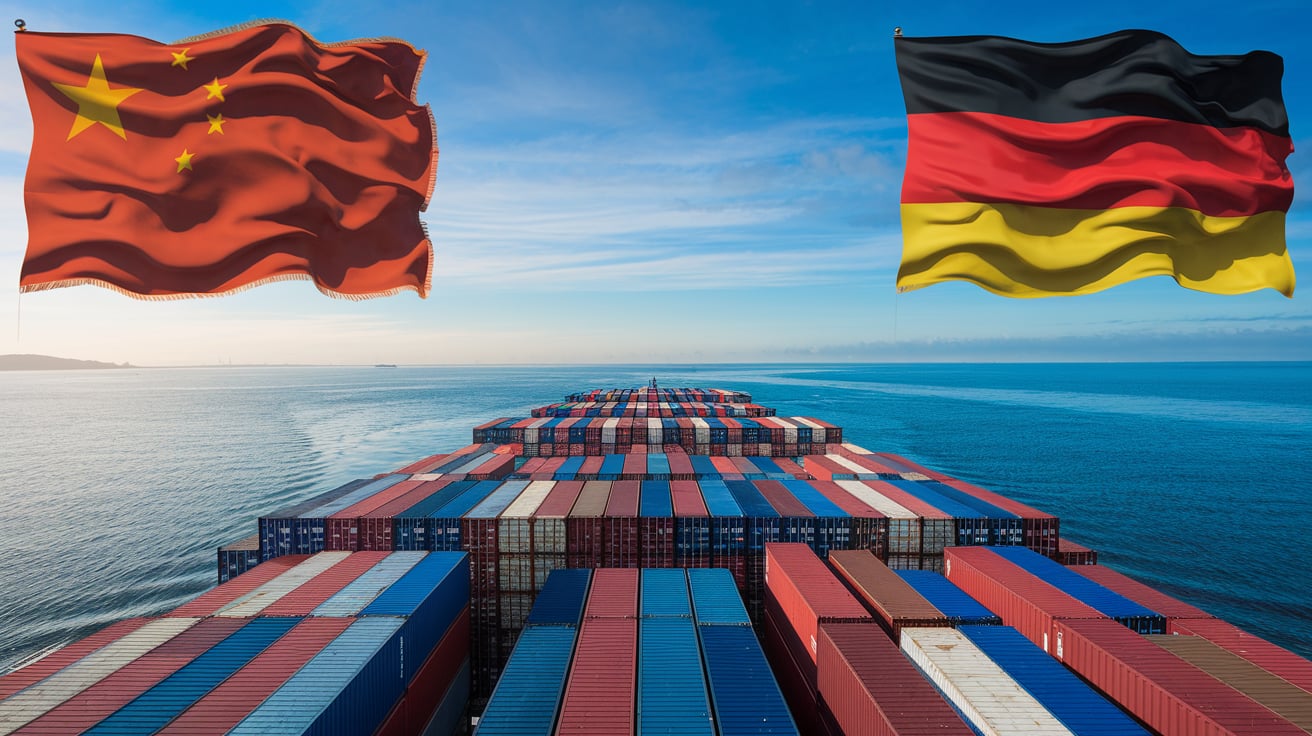
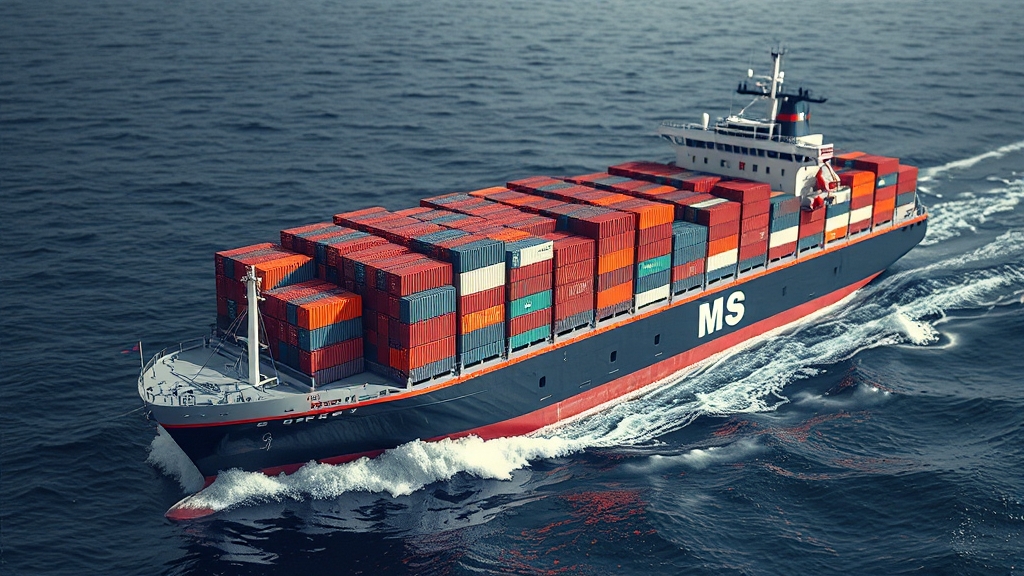
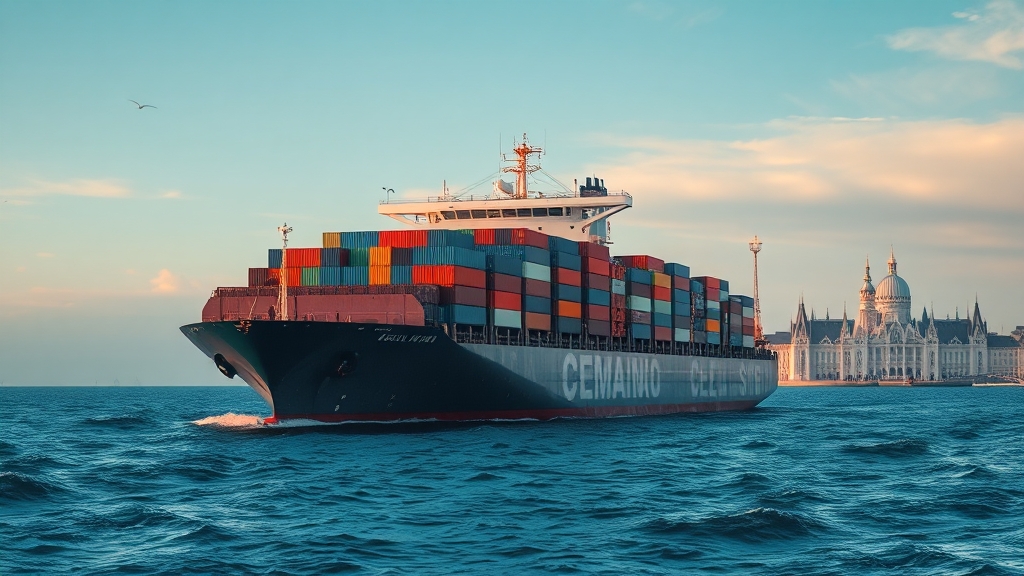
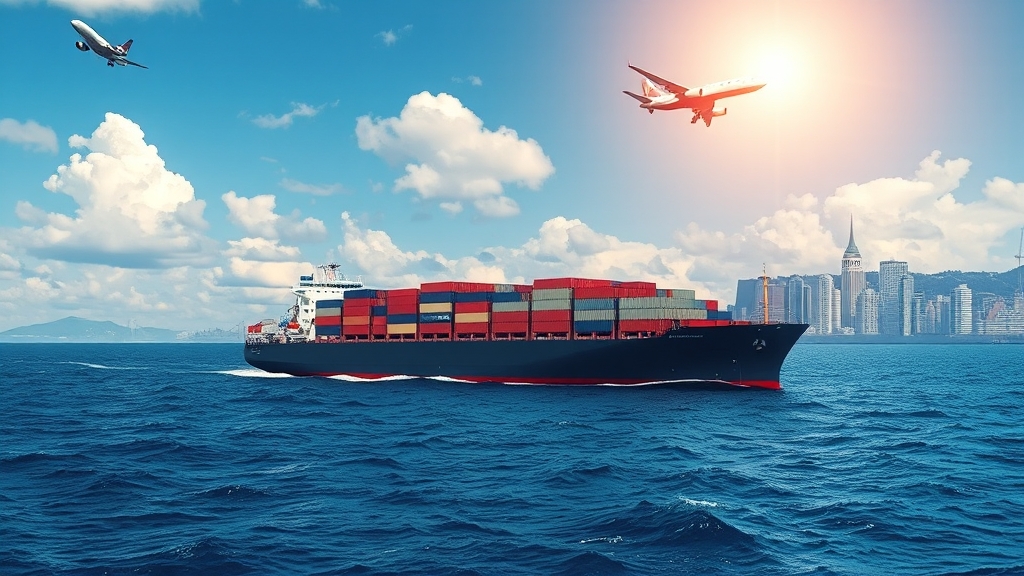
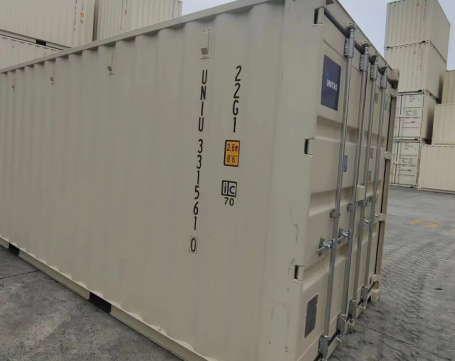

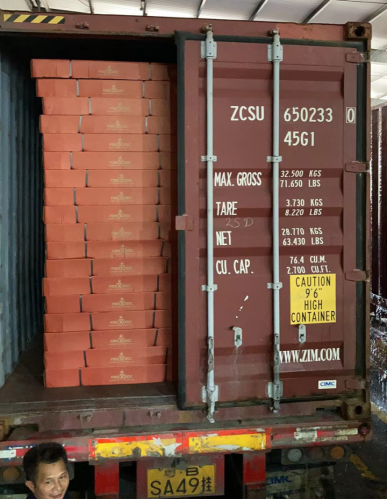
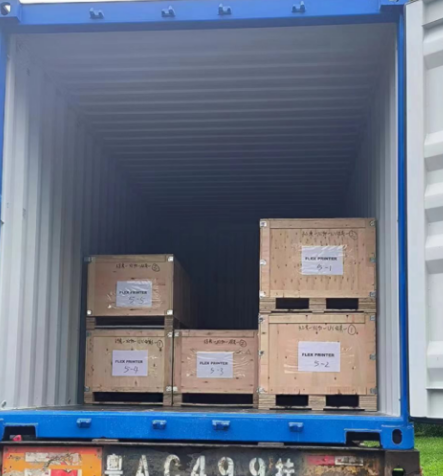
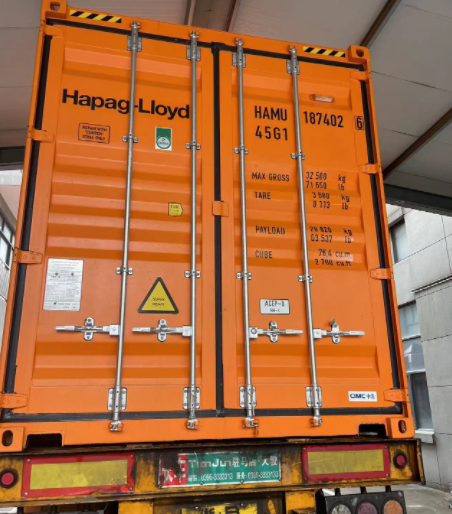
 Afrikaans
Afrikaans Shqip
Shqip አማርኛ
አማርኛ العربية
العربية Հայերեն
Հայերեն Azərbaycan dili
Azərbaycan dili Euskara
Euskara Беларуская мова
Беларуская мова বাংলা
বাংলা Bosanski
Bosanski Български
Български Català
Català Cebuano
Cebuano Chichewa
Chichewa 简体中文
简体中文 繁體中文
繁體中文 Corsu
Corsu Hrvatski
Hrvatski Čeština
Čeština Dansk
Dansk Nederlands
Nederlands English
English Esperanto
Esperanto Eesti
Eesti Filipino
Filipino Suomi
Suomi Français
Français Galego
Galego ქართული
ქართული Deutsch
Deutsch Ελληνικά
Ελληνικά Kreyol ayisyen
Kreyol ayisyen Harshen Hausa
Harshen Hausa Ōlelo Hawaiʻi
Ōlelo Hawaiʻi עִבְרִית
עִבְרִית हिन्दी
हिन्दी Hmong
Hmong Magyar
Magyar Íslenska
Íslenska Igbo
Igbo Bahasa Indonesia
Bahasa Indonesia Gaeilge
Gaeilge Italiano
Italiano 日本語
日本語 Basa Jawa
Basa Jawa ಕನ್ನಡ
ಕನ್ನಡ Қазақ тілі
Қазақ тілі ភាសាខ្មែរ
ភាសាខ្មែរ 한국어
한국어 كوردی
كوردی Кыргызча
Кыргызча ພາສາລາວ
ພາສາລາວ Latin
Latin Latviešu valoda
Latviešu valoda Lietuvių kalba
Lietuvių kalba Lëtzebuergesch
Lëtzebuergesch Македонски јазик
Македонски јазик Malagasy
Malagasy Bahasa Melayu
Bahasa Melayu മലയാളം
മലയാളം Maltese
Maltese Te Reo Māori
Te Reo Māori मराठी
मराठी Монгол
Монгол ဗမာစာ
ဗမာစာ नेपाली
नेपाली Norsk bokmål
Norsk bokmål پښتو
پښتو فارسی
فارسی Polski
Polski Português
Português ਪੰਜਾਬੀ
ਪੰਜਾਬੀ Română
Română Русский
Русский Samoan
Samoan Gàidhlig
Gàidhlig Српски језик
Српски језик Sesotho
Sesotho Shona
Shona سنڌي
سنڌي සිංහල
සිංහල Slovenčina
Slovenčina Slovenščina
Slovenščina Afsoomaali
Afsoomaali Español
Español Basa Sunda
Basa Sunda Kiswahili
Kiswahili Svenska
Svenska Тоҷикӣ
Тоҷикӣ தமிழ்
தமிழ் తెలుగు
తెలుగు ไทย
ไทย Türkçe
Türkçe Українська
Українська اردو
اردو O‘zbekcha
O‘zbekcha Tiếng Việt
Tiếng Việt Cymraeg
Cymraeg יידיש
יידיש Yorùbá
Yorùbá Zulu
Zulu